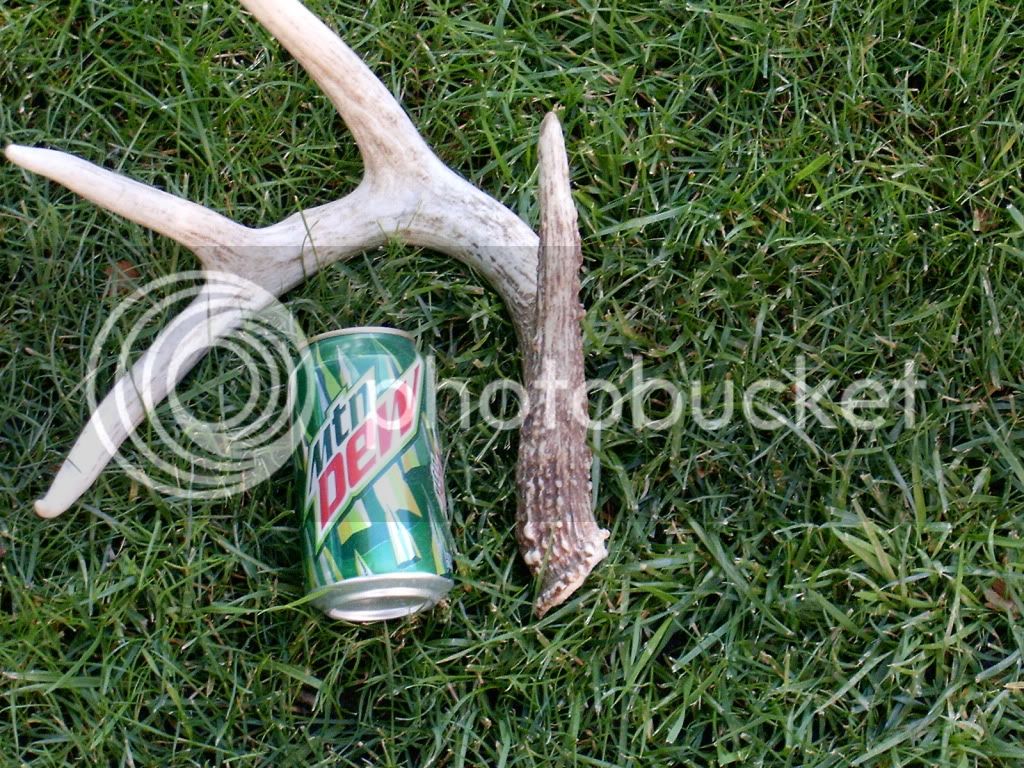Use a bit about the diameter of the tang thickness. Drill two holes like a figure 8. Use the drill to dig out and ream the two to form a slot. It helps to have another bit the same size, and grind the point off leaving a flat to do the reaming and digging out. The tang should be tapered, and soft. If you are going to go all the way through and peen the tang over a butt plate, you can slot the forward end as deep as you can, then drill a single round hole to meet the slot. If the tang is not going all the way, fit it as deep as you can, epoxy in place, then drill for a cross pin through grip and tang. If you have a quality strong hard epoxy, you really don't need the pin, but it is more traditional looking if you have one. Stag handled Randall knives have been made that way with no pin, for many years now. You just have to decide how you want to do it, and what will the grip allow you to do. Another trick with slotting for the tang is use a sawzall blade mounted in a handle, and cut down to get in a roughed out hole. Seems to work best mounted to cut on the pull. A major concern in any case, is to not drill out through the side.






